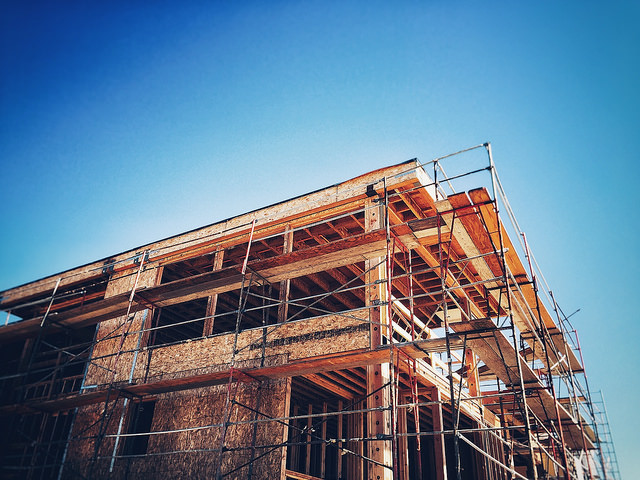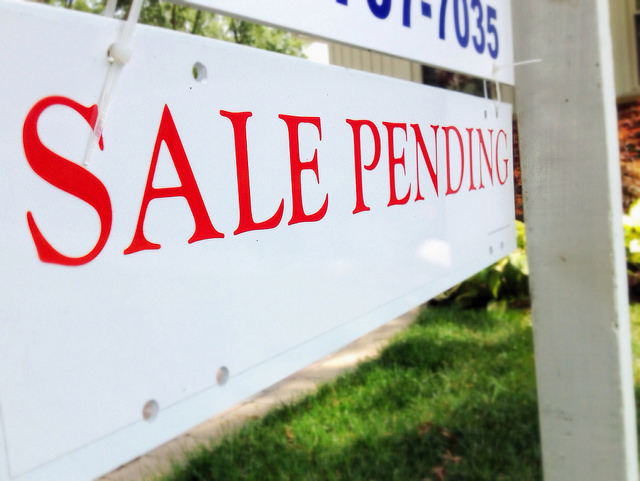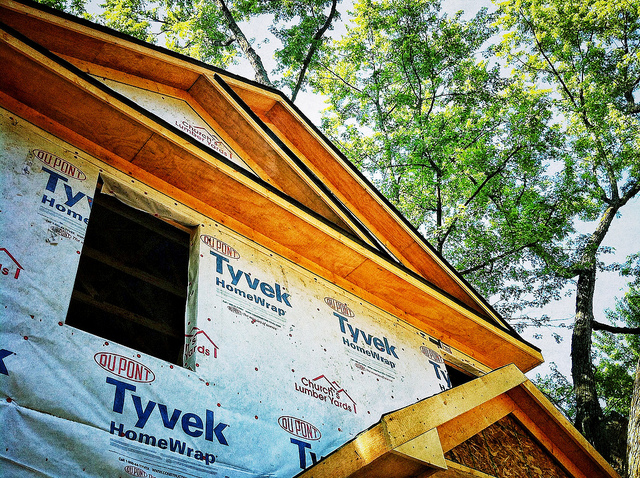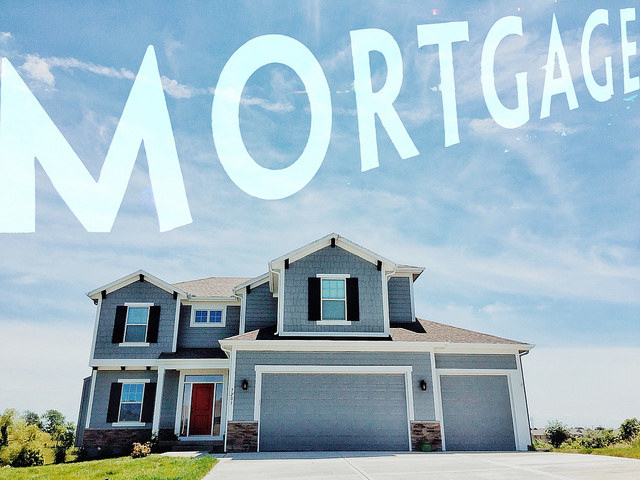Baby boomers are reaching retirement age and many of them have expressed a desire to move from their current home. Whether they’re downsizing or buying their dream house in another state, what these boomers do in retirement will have an effect on the housing market over the next several years. Because of this, the National Association of Home Builders saw a big end-of-the-year jump in their quarterly 55+ Housing Market Index. In fact, during the fourth quarter of last year, the index – which measures builders’ confidence in the market among buyers over the age of 55 – reached its highest level since the survey began in 2008. Dennis Cunningham, chairman of the NAHB’s 55+ Industry Council, says some of the optimism was due to the November election but demographics also play a large role. “Builders and developers in this market segment are also encouraged by the fact that for the next 15 years, 10,000 baby boomers will be turning 65 every day,†Cunningham said. “The consistent pressure of this age group wanting to downsize from a large home, shifting to other regions of the country or just simply looking for a newer home or community also plays a key role in the index movement.†More here.













